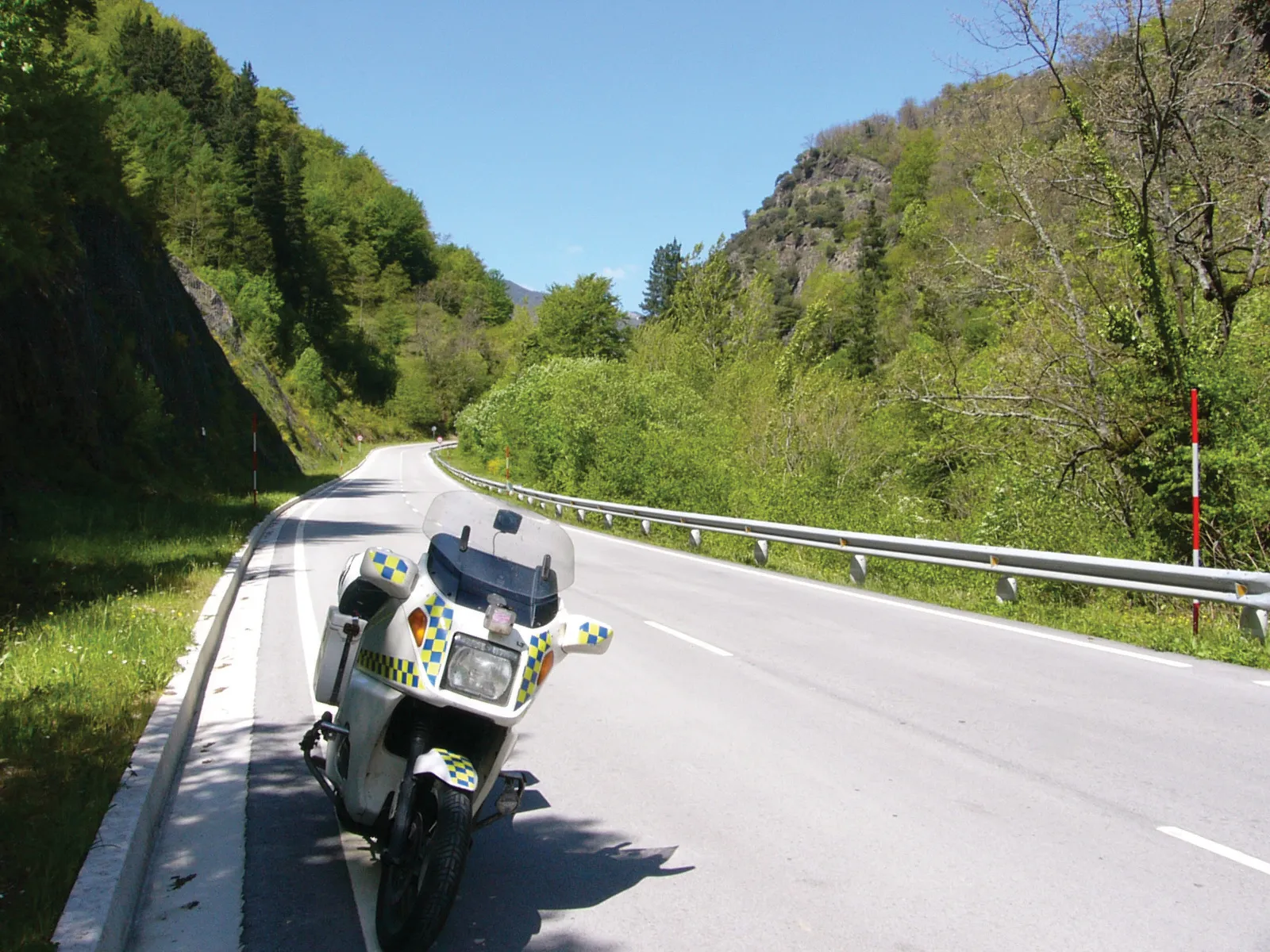Research by European motorcycle body ACEM reveals that the number of powered two wheeler (PTW) rider fatalities has decreased by 27% in 10 years (2001-2010). ACEM performed an analysis of road safety statistics based on International Road Traffic Accident Data (IRTAD) data for the period 2001-2010. But despite this positive result the percentage of PTW rider fatalities has increased in the overall transport mix, due to a much greater reduction in fatalities amongst other road user groups. The research shows
May 1, 2013
Read time: 2 mins

Research by European motorcycle body ACEM reveals that the number of powered two wheeler (PTW) rider fatalities has decreased by 27% in 10 years (2001-2010). ACEM performed an analysis of road safety statistics based on International Road Traffic Accident Data (3444 IRTAD) data for the period 2001-2010. But despite this positive result the percentage of PTW rider fatalities has increased in the overall transport mix, due to a much greater reduction in fatalities amongst other road user groups. The research shows that in the 2001-2010 period, the number of PTW riders killed dropped by 27.3%. Specifically, the number of moped riders killed dropped 58.6% while the number of motorcyclists killed dropped 14.4%. This shows that safety for moped riders has been constantly improving but cannot be explained with the 6.5% reduction in the number of mopeds in use across Europe as a whole. In some countries, such as Germany, Poland, Czech Republic, Denmark, Finland, Hungary, Slovenia and Sweden, moped use has been increasing while fatalities have dropped. With regard to motorcycles, there is still a disparity between EU Member States in terms of safety performance. Progress has been marked in some countries but others are improving at a slower rate. In some countries the number of motorcycle riders has increased and the reasons behind these differences are being further investigated. The numbers of motorcycles in use in Europe grew by 45% during 2001-2010, the biggest single growth for any vehicle type in Europe in the period. ACEM uses data from IRTAD because it contains exposure data for motorcycles and mopeds in use in each country.
At present there are some 33 million PTWs in use in Europe. But ACEM says that despite the large numbers of these vehicles in use, PTWs are often forgotten in mainstream EU policies. According to ACEM, this fails to acknowledge the benefits PTWs generate and may prevent their benefits with regard to transport mobility, as well as environmental and safety improvements, from being adequately developed.
At present there are some 33 million PTWs in use in Europe. But ACEM says that despite the large numbers of these vehicles in use, PTWs are often forgotten in mainstream EU policies. According to ACEM, this fails to acknowledge the benefits PTWs generate and may prevent their benefits with regard to transport mobility, as well as environmental and safety improvements, from being adequately developed.






